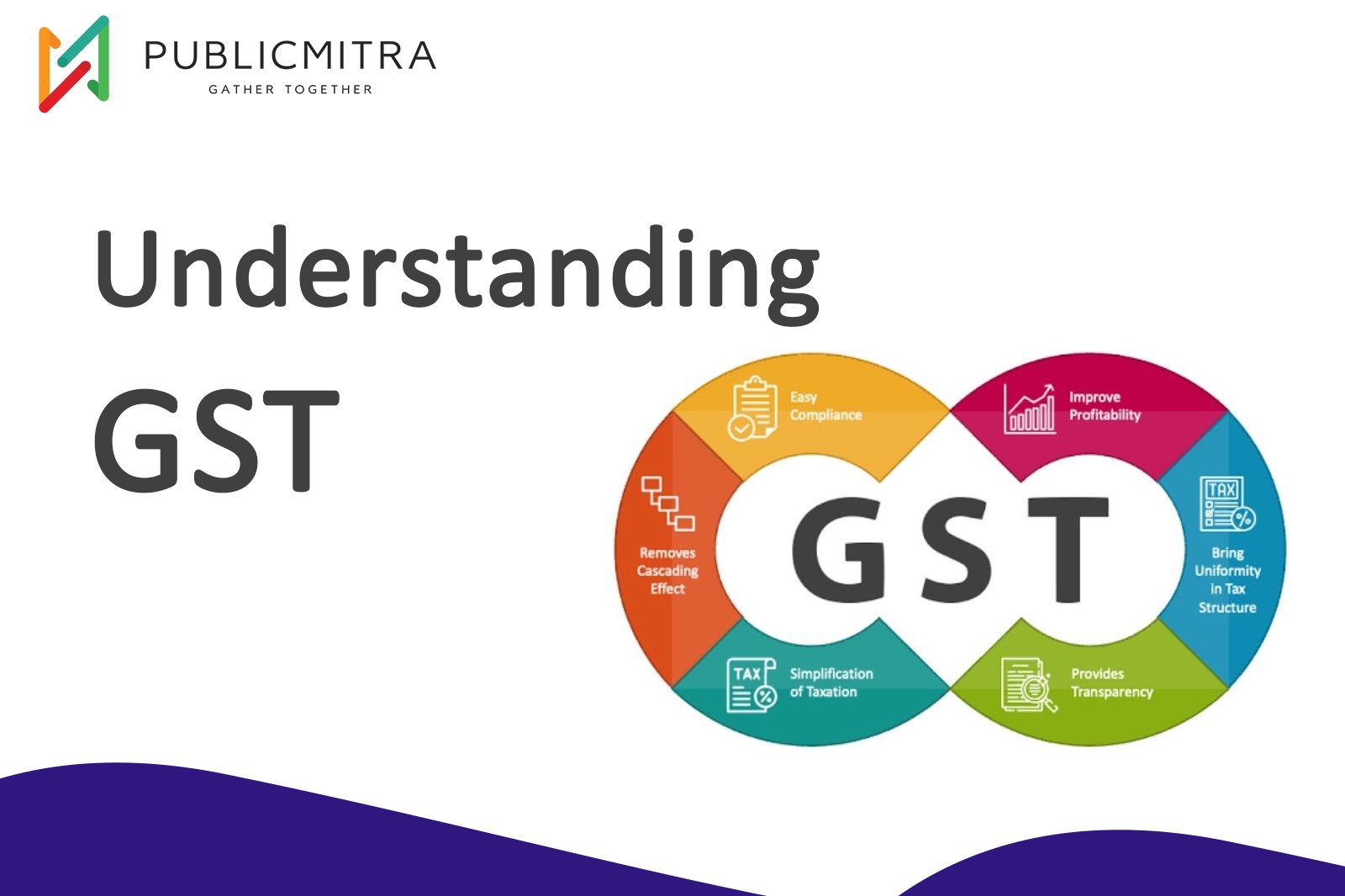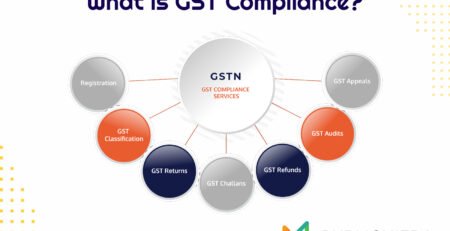The GST Era: Transforming Indian Taxation
Goods and Services Tax (GST) has been a transformative reform in the Indian tax system. It replaced various indirect taxes, unifying the tax structure across the country. This article explores the concept of GST in India, its journey, objectives, and types.
What is GST?
India first implemented the Goods and Services Tax (GST), an indirect tax system designed to streamline and simplify the taxation system. The GST Act passed on July 1st, 2017, established this comprehensive tax framework, replacing numerous prior taxes such as excise duty, VAT, and service tax.
Multi-stage and Destination-Based Tax
GST is a multi-stage tax, meaning it is applied at every step in the supply chain, from manufacturing to the final sale. At each stage, the tax is levied on the value added to the product or service. This ensures that tax is collected at various points in the production and distribution process.
Moreover, GST is a destination-based tax, which means the revenue generated from the tax goes to the state where the final consumption occurs. For example, if goods are manufactured in Maharashtra but consumed in Karnataka, Karnataka will receive the GST revenue.
History of GST
Early debates in the 2000s and the creation of the Empowered Committee in 2008 are where the Goods and Services Tax (GST) in India got its start. In 2016, following a protracted parliamentary debate, the 122nd Constitutional Amendment Bill was approved, enabling the implementation of the GST. The complex tax structure in India was unified with the launch of GST on July 1, 2017.
For different types of products and services, it provided many tax brackets and exemptions. Through routine sessions of the GST Council, subsequent improvements, including modifications to tax rates, have been made. GST has revolutionized Indian taxation, streamlining the procedure and promoting economic growth.
Objectives of GST
The implementation of GST in India was driven by several key objectives:
1. Achieving One Nation, One Tax
GST aimed to bring uniformity to the taxation system across India. By replacing multiple indirect taxes with a single tax, it ensured that the same tax rates were applied to goods and services throughout the country. This simplification facilitated tax administration, introduced common tax laws, and reduced compliance burdens for taxpayers.
2. Subsuming Multiple Indirect Taxes
Before GST, India had numerous indirect taxes levied at different stages of the supply chain, creating complexity and inefficiency. GST subsumed these taxes into a single, centralized tax system, reducing administrative complexities and promoting ease of doing business.
3. Eliminating the Cascading Effect
GST eliminated the cascading effect of taxes, where taxes paid at one stage could not be offset against taxes paid at another stage. This led to higher prices for consumers and increased the tax burden on businesses. Under GST, taxes are levied only on the net value added at each stage, promoting seamless input tax credit flow.
GST Meaning and Scope
GST, in essence, is a destination-based, multi-stage tax that applies to goods and services sold within India for domestic consumption. It simplifies the taxation structure, reflecting the maximum retail price of goods and services. Customers pay GST as part of the final price, collected by sellers and remitted to the government.
The tax rates under GST are uniform across the country but categorized under different slabs based on the type of product or service. This classification aims to ensure equitable wealth distribution among Indian residents.
In conclusion, GST has revolutionized India’s tax landscape, providing a unified, multi-stage, and destination-based tax system. It has simplified compliance, eliminated the cascading effect of taxes, and contributed to the One Nation, One Tax vision, making it a significant milestone in India’s economic reforms.












